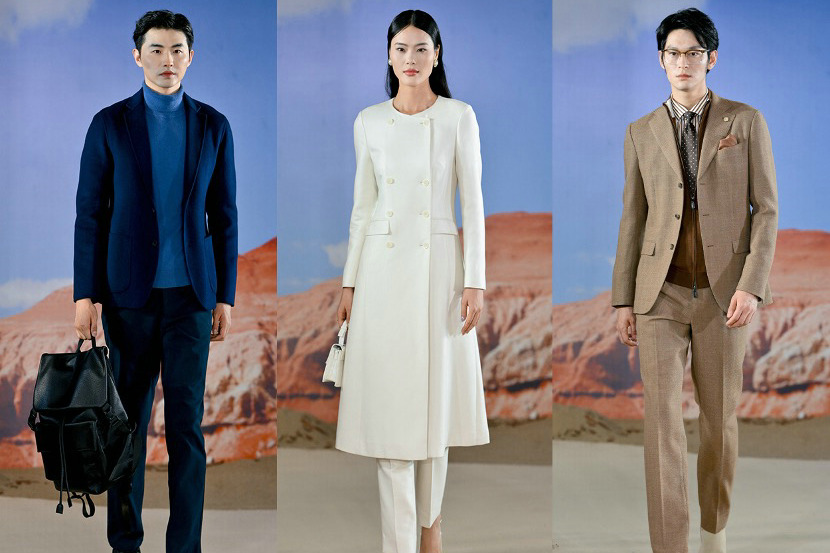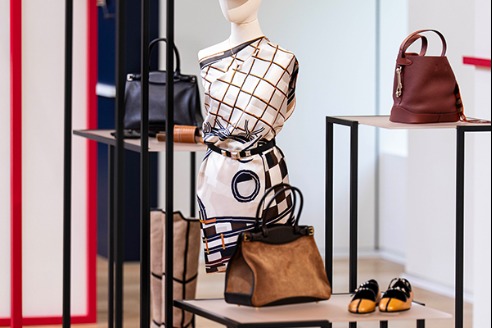A teahouse steeped with historic vibrancy
After two years of renovations, famed landmark reopens for people to relax, take a sip, and get a glimpse into the past and present, all in one structure, Zheng Zheng reports.

Huxinting Teahouse, in Shanghai's famed Yu Garden complex, underwent nearly two years of restorations. The city's oldest teahouse reopened its doors to the public last month, breathing new life into the 240-year-old landmark.
Standing in the heart of Yu Garden, the pavilion-style building, the most renowned teahouse in the city, has witnessed Shanghai's transformation from a small trading port into a global metropolis.
"From Huxinting Teahouse, visitors can glimpse at Shanghai's past in the old town area on one side and its present in Pudong's modern skyline on the other," says Rong Xinyu, the teahouse's director.
The structure's history dates back to the Ming Dynasty (1368-1644), when it was originally built as the Fuyi Pavilion by the garden's owner, Pan Yunduan (1526-1601), an official. In 1784, local merchants pooled their resources to rebuild the pavilion and renamed it Huxinting, or "mid-lake pavilion". In 1855, it was converted into Shanghai's first commercial teahouse.




































